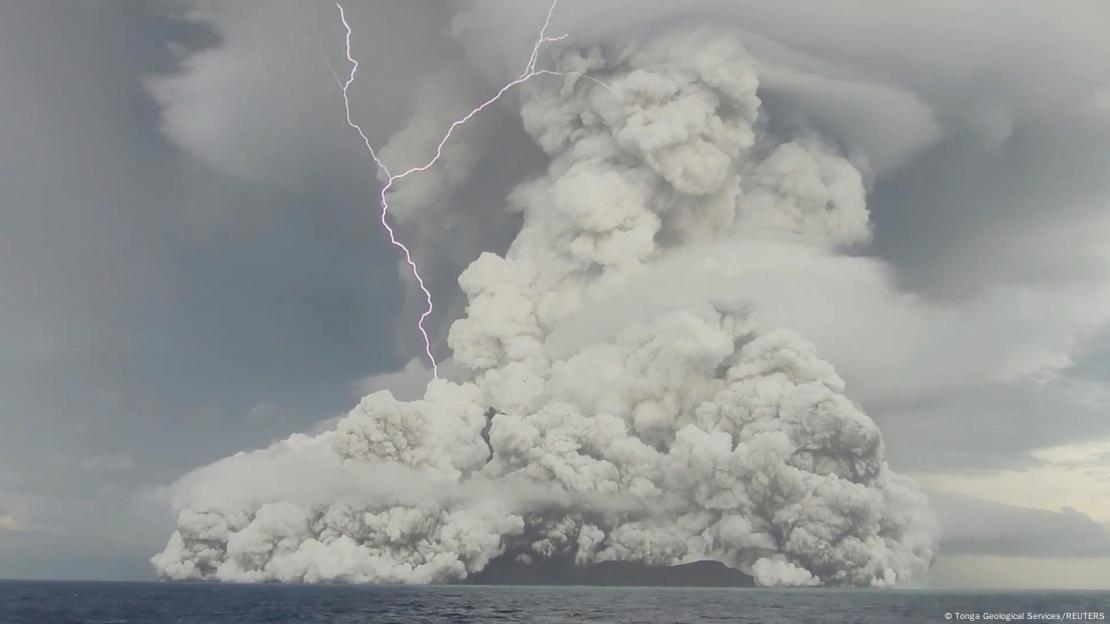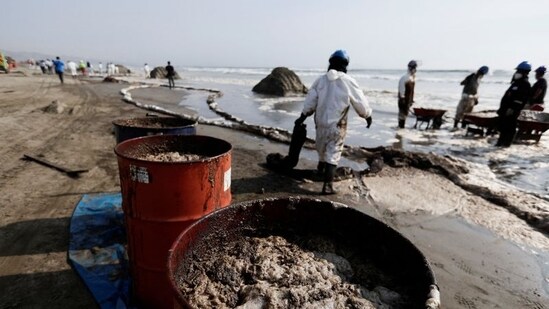WEEK#10 Risk for Extreme Weather Events
Week #10 Risk for Extreme Weather Events
Tonga is at risk to tropical cyclones and storms, tsunamis, volcanic activity and drought. In the past 12 years alone, Tonga witnessed three natural disasters. On February 13, 2010, Tonga was shaken by a magnitude 6.3 earthquake. Two days later, a cyclone swept across the islands with wind speeds of up to 228 kilometers per hour (137 mph)
On January 11, 2014, a hurricane devastated the archipelago, in particular the Ha'apai islands with the main island, Lifuka. Hunga Tonga-Hunga Ha'apai, an underground volcano that is active from time to time, erupted again on January 15, 2022, triggering a seaquake.
Rising sea levels triggered by global climate change and a rise in the number of hurricanes, floods and rains are among the country's most important environmental problems. According to the World Bank's Climate Portal, extreme weather events will continue to intensify in the coming decades.
 The volcanic eruption
The volcanic eruption



Despite less frequent disasters as compared to other Pacific Island Countries, Tonga experiences a high degree of economic and social shock during disaster years: over 40 percent of the population of Tonga is affected during a typical disaster year and Tonga’s economic losses are equivalent to 14 percent of gross domestic product (GDP). The probability and likelihood of natural disasters increasing under future climate events would bring more serious and greater economic losses. In the capital city of Tonga, a cyclone with a 100-year return period, or with a 50% chance of occurring within the current generation, could likely inflict damage equivalent to 60 percent of GDP. Tonga is at risk to tropical cyclones and storms, tsunamis, volcanic activity, and drought.
The charts provide overview of the most frequent natural disaster in a given country and understand the impacts of those disasters on human populations
Mitigations & Risk Management
Building urban resilience for disaster risk management (DRM) and disaster risk reduction (DRR) has become a systematic approach to reduce the impact of climate change on the built environment [8]. Index modelling has become an effective way of assessing the current state of the urban system and to identify challenges and opportunities in different aspects in responding to climate change and disaster risk (DR) [9]. Along with climate change impacts – which are causing increasing frequency and intensity of hazards - human stressors such as unplanned urbanization, high rates of population growth, persistent poverty, loss of critical environmental services, and land degradation are significant contributors to the increasing risk [10]. This highlights the inherent need for understanding the current urban resilience of a city/nation through urban resilience assessments, as well as implementing schemes to sustainably increase the urban resilience sector. Along with index based methods, Aydin, Tarhan, Ozgur, & Tecim [11] emphasise the use of information technologies in building urban disaster resilience (UDR) through sustainable development and aiming to understand the technological issues that can occur in DRM.
For disaster response, rehabilitation and recovery, Tonga typically adopts a top-down approach and lacks resources for capacity building and training. However, Ministry of Internal Affairs (MIA) has recently recognized the strength of a bottom-up approach and enhancing community capacity building.
Formal operational procedures and responses included in DM planning are available through the NEMO, but lack periodic updates [39,46,47]. The NEMO has been supported by Australia and New Zealand to establish emergency response facilities and to assist in training and capacity building for emergency responders and agencies. However, this has not been relayed down to district and community level. The sectoral level rapid response capacity is also not well established.
SOURCES:
*https://www.dw.com/en/tonga-an-archipelago-on-climate-crisis-frontline/a-60453850
* https://climateknowledgeportal.worldbank.org/country/tonga/extremes
*TONGA-VOLCANO-PERU-OIL-SPILL-1_1642672033651_1642672043873.JPG
Comments
Post a Comment